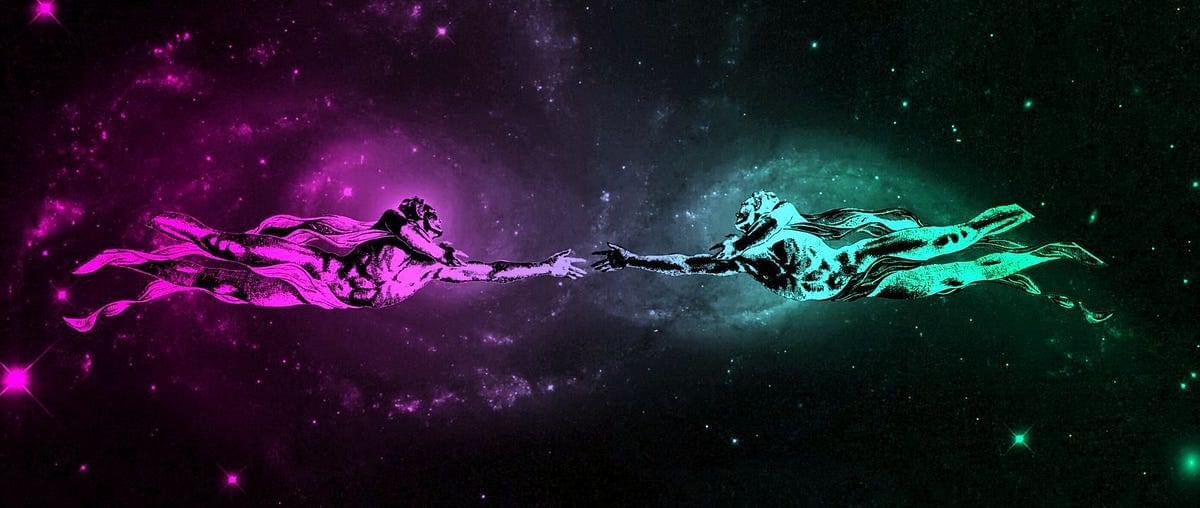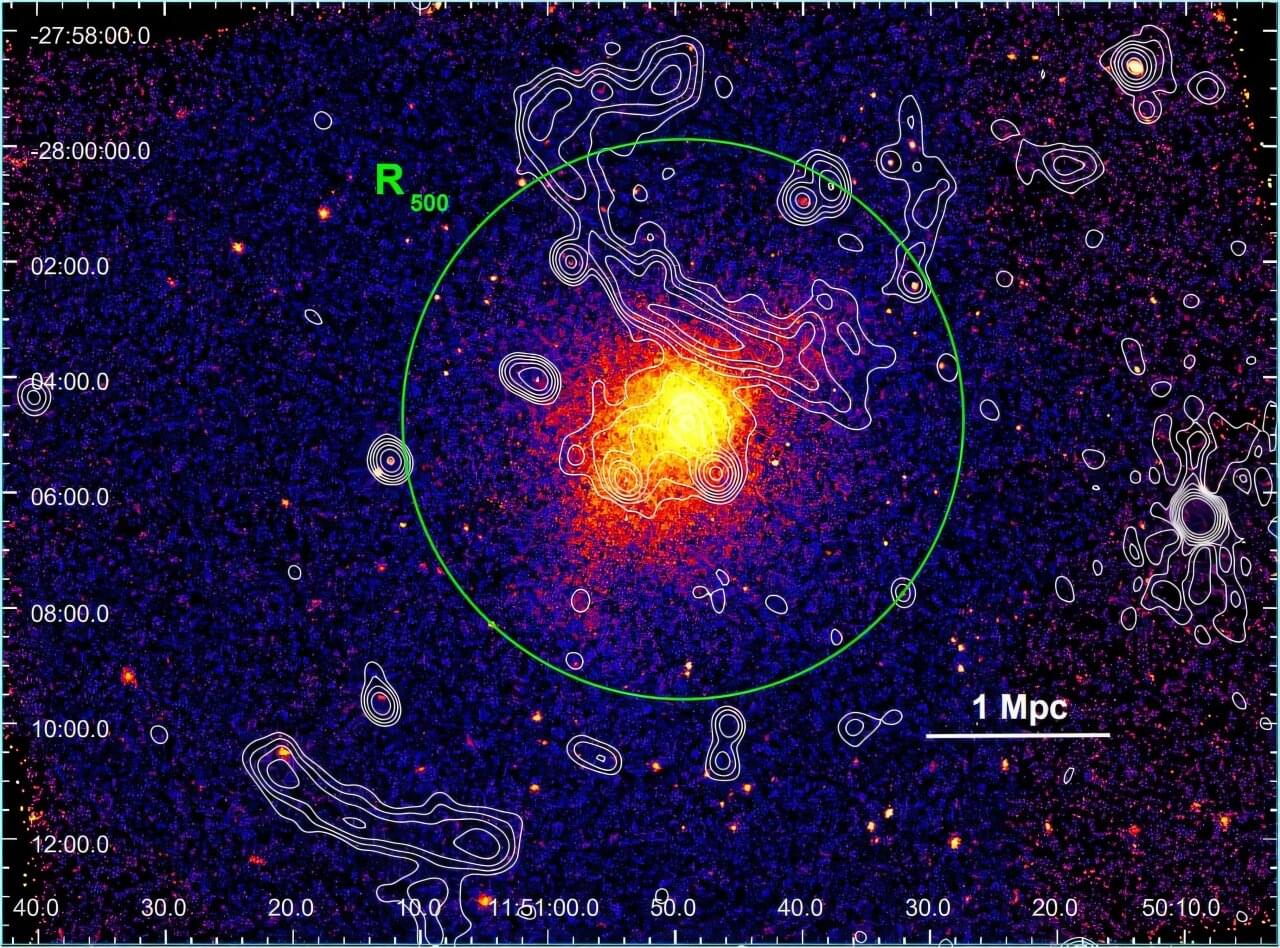In 1994 Miguel Alcubierre was able to construct a valid solution to the equations of general relativity that enable a warp drive. But now we need to tackle the rest of relativity: How do we arrange matter and energy to make that particular configuration of spacetime possible?
Unfortunately for warp drives, that’s when we start running into trouble. In fact, right away, we run into three troubles. And these three troubles are called the energy conditions. Now, before I describe the energy conditions, I need to make a disclaimer. What I’m about to say are not iron laws of physics.
They are instead reasonable guesses as to how nature makes sense. General relativity is a machine. You put in various configurations of spacetime, various arrangements of matter and energy. You turn the handle and you learn how gravity works. General relativity on its own doesn’t tell you what’s real and what’s not.








